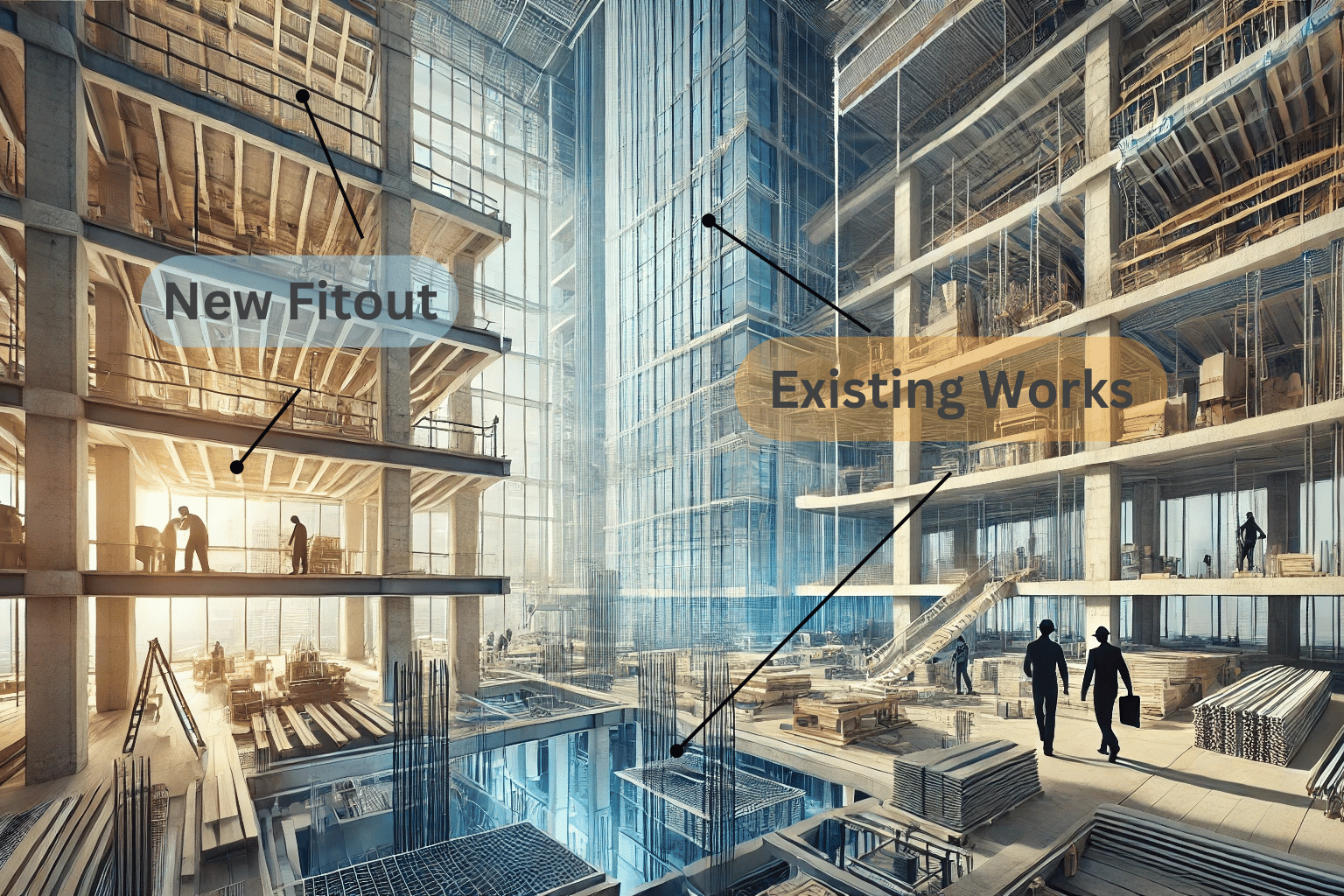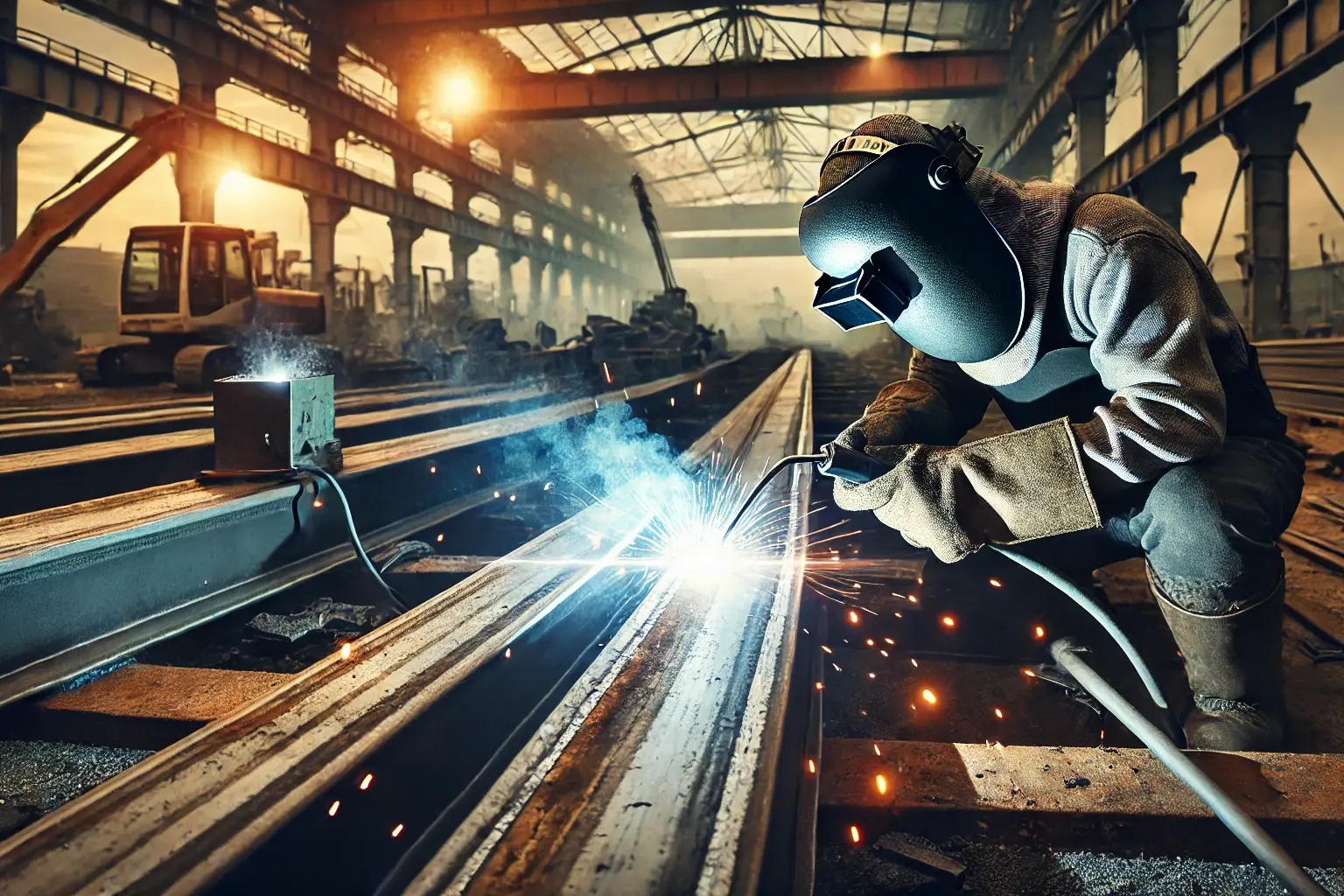When you consider the forces in action during an earthquake, and the resulting stressors on internal partition walls, there are two main interactions to consider.
- A partition wall will be secured to the floor slab and the slab above directly (full height partition) or using bracing (partial height partition), so there will be an interaction between the partitions and the slabs due to inter story drift.
- Where two partition walls intersect, there is also an interaction between the main partition wall and the return partition wall.
To illustrate the interaction between the walls and the bracing elements, a simple partial height wall is depicted below with two load cases for both cardinal loading directions.
In-Plane Loading
When an earthquake causes movement of the building, the inter storey drift in the in-plane direction of a main wall is countered by the use of deflection heads. These deflection heads slide along a tract to allow for movements upwards, downwards or both. The bracing elements move with the deflection head track (DHT), but the wall studs are allowed to slide inside the DHT so that the main wall does not move significantly.
Out-of-Plane Loading
In the out-of-plane direction the brace will move with the slab above and hence drag the top of the wall with it so that it acts as a rigid body with pinned connections.
Does cracking of the plasterboard suggest the bracing is not performing correctly?
When there is a return wall connected to a main wall then cracking of the plasterboard lining may occur at the junction between them. Walls in-plane with the seismic action direction will simply slide inside the DHT, while the out-of-plane walls will be forced to move with the bracing elements. Cracking between the plasterboard linings will occur due to a lack of allowable relative movement between the two walls. It is a good strategy to move brace connections as far from the intersection as possible to maximise joint flexibility.
This cracking is not due to the action of the bracing elements but is rather a result of the relative movement of the main wall and the return wall. Note that cracking is also expected to occur with full-height partition walls where a return wall is connected to a main wall. However, to minimise this cracking, slots can be cut into the bottom track so that it can better move with the adjacent wall.
In conclusion, the main interactions to consider are those between a partition wall and a main wall, or between two partition walls. The impact of the movement created by a seismic event will have different impacts depending on whether the movement is in-plane or out-of-plane. When there is a lack of allowable relative movement between the bracing and the wall, as seen in out-of-plane movement, cracking of the plasterboard can occur. However, this is generally considered to be minor, and within the acceptable range for SLS2 performance criteria. Cracking can be minimised by cutting slots in the bottom tract.
There are some situations (eg surgery rooms in hospitals where corner cracking can lead to bacteria contamination) where an unconventional approach is necessary to eliminate the risk of corner cracking. This is typically achieved by creating structural pods from the floor that eliminate slab to slab connections.
If you’d like to know more about the way Brevity designs partition walls, or if you have a project you’d like to discuss, please get in touch. We’d love to help.
How to handle seismic rating for existing fit-out and building code compliance for new fit-out
Managing seismic safety in building projects can be complex, especially when dealing with both new and existing…
Understanding the 2024 Updates to the AWCI Code of Practice for Suspended Ceilings
What are the key updates to the 2024 AWCI Code of Practice for suspended ceilings? As discussed by Matt Bishop and Gye…
Hardness Testing: A Best Practice for Outsourcing Steel Production
When outsourcing steel production overseas, ensuring material quality can be a challenge, and relying on mill…


